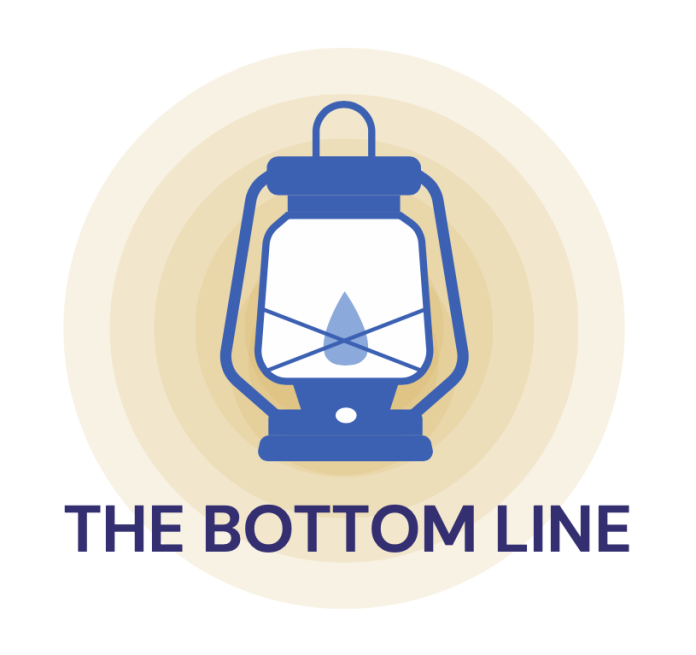Spencer Page
Senior Staff Writer
On Nov. 3, California experienced its latest time change with clocks falling back at 2 a.m.
To give a brief history of Daylight Savings Time (DST), the concept was first proposed by Benjamin Franklin in 1784 in an attempt to more effectively use daylight so he didn’t have to utilize candles, which were very expensive at the time. However, it wasn’t truly implemented until World War I (WWI) when Germany, Great Britain, and the United States implemented the change as a measure to save energy, hoping to make better use of natural daylight and conserve fuel and resources that were in high demand during the war.
After WWI ended, many countries abandoned the practice, but it was revived during World War II for similar reasons, with governments again seeking to conserve resources for the war effort. After the war, the practice was once again repealed until 1966, when the Uniform Time Act was passed, establishing the current time zones in the USA but also giving individual states the right to choose if they wanted to adopt DST. With the exceptions of Arizona and Hawaii, every state chose to adopt it.
As recently as 2021, there have been movements to repeal DST country-wide, with opponents of DST arguing that the practice is outdated and comes with more drawbacks than benefits. Their primary concern is the negative impact on health. The abrupt shift in time, especially in the spring when the clock jumps forward, disrupts natural sleep patterns which can lead to health problems. Moreover, research has shown that the energy waste DST initially combatted is minimal in the modern world, where the use of modern amenities such as screens, heating, and air conditioning offset any lighting costs.
This, however, isn’t to say that there aren’t supporters of DST. These supporters argue that by shifting an hour of daylight from the morning to the evening, DST truly reduces the need for artificial lighting during evening hours, thus saving energy. Furthermore, this extra hour of usable daylight also promotes people participating in activities year-round, which can have a positive impact on people’s health as well as the economy. Lastly, for many, DST is seen as a way to improve overall quality of life and enhance public safety by optimizing the amount of time that people can use daylight.
If we eliminate DST, summer mornings would see more sunlight, but evenings would have earlier sunsets, potentially ending outdoor activities sooner. In the winter, although sunsets would occur slightly later, sunrise times could be as late as 8:00 a.m., leaving darker mornings and affecting the morning routines of kids in grade school and those in the workforce greatly.
While during the winter months it is a bummer to see the sun set before 5 p.m., given the alternative, myself, along with many UC Santa Barbara (UCSB) students, don’t want to see DST go away.
Junior Ryan Crockett, a proponent of keeping DST, explained, “It’s really easy to hate how early the sunset is right now, but those summer nights when the sun doesn’t seem to truly set until 8 or 9 p.m. really do make it worth it.”
While fellow Junior Arjun Iyer stated, “If I were leaving for my 8 a.m. class and the sun still hadn’t risen there is no way I would ever make it.”
In the end, the debate around DST reflects a difference between tradition and the needs of a modern lifestyle. While DST’s original means may not be as applicable today, DST has become an integrated part of our lives. And for many, like my fellow students at UCSB, the benefits of those long, sunlit summer evenings outweigh the downsides of early winter sunsets.

















